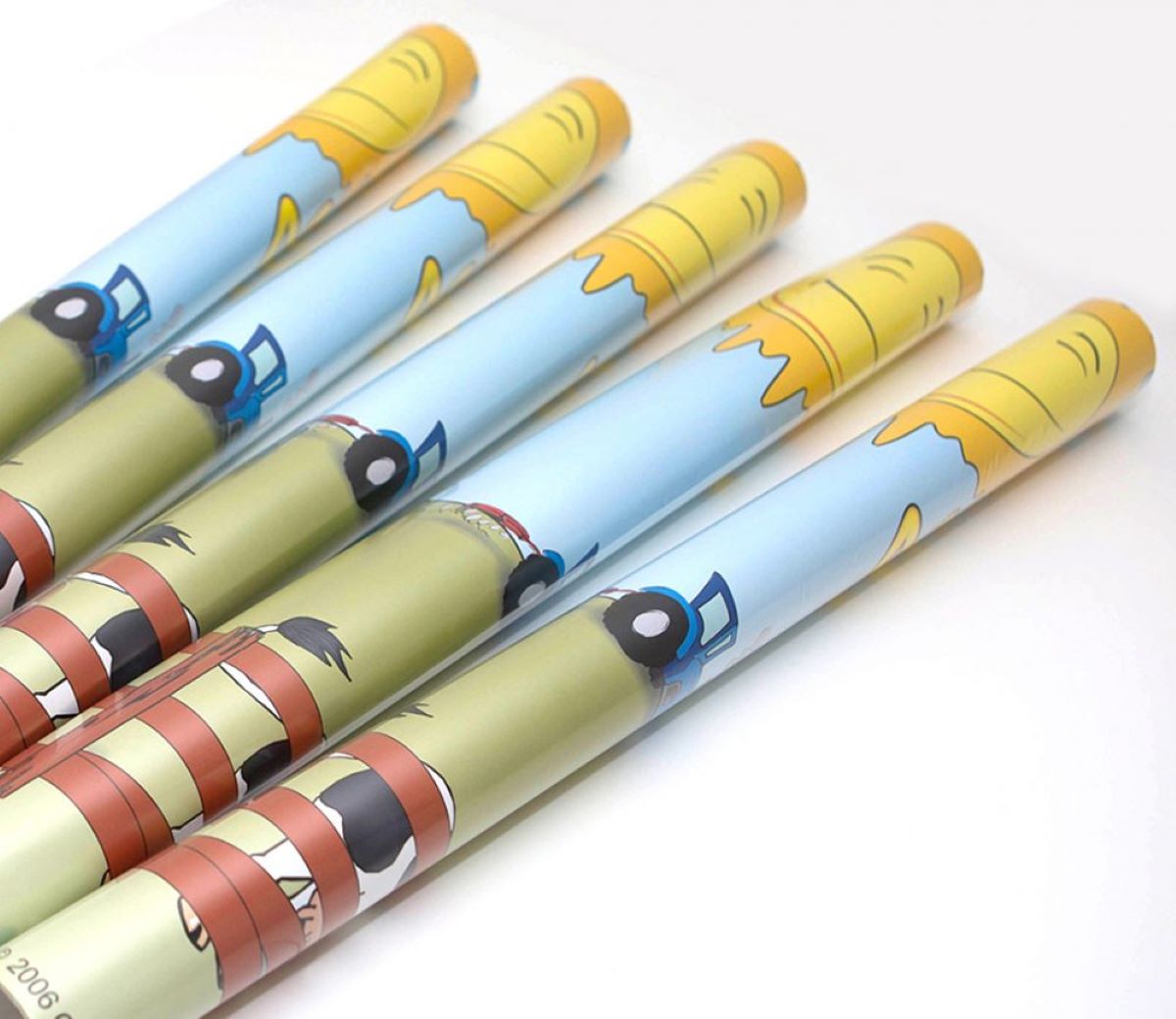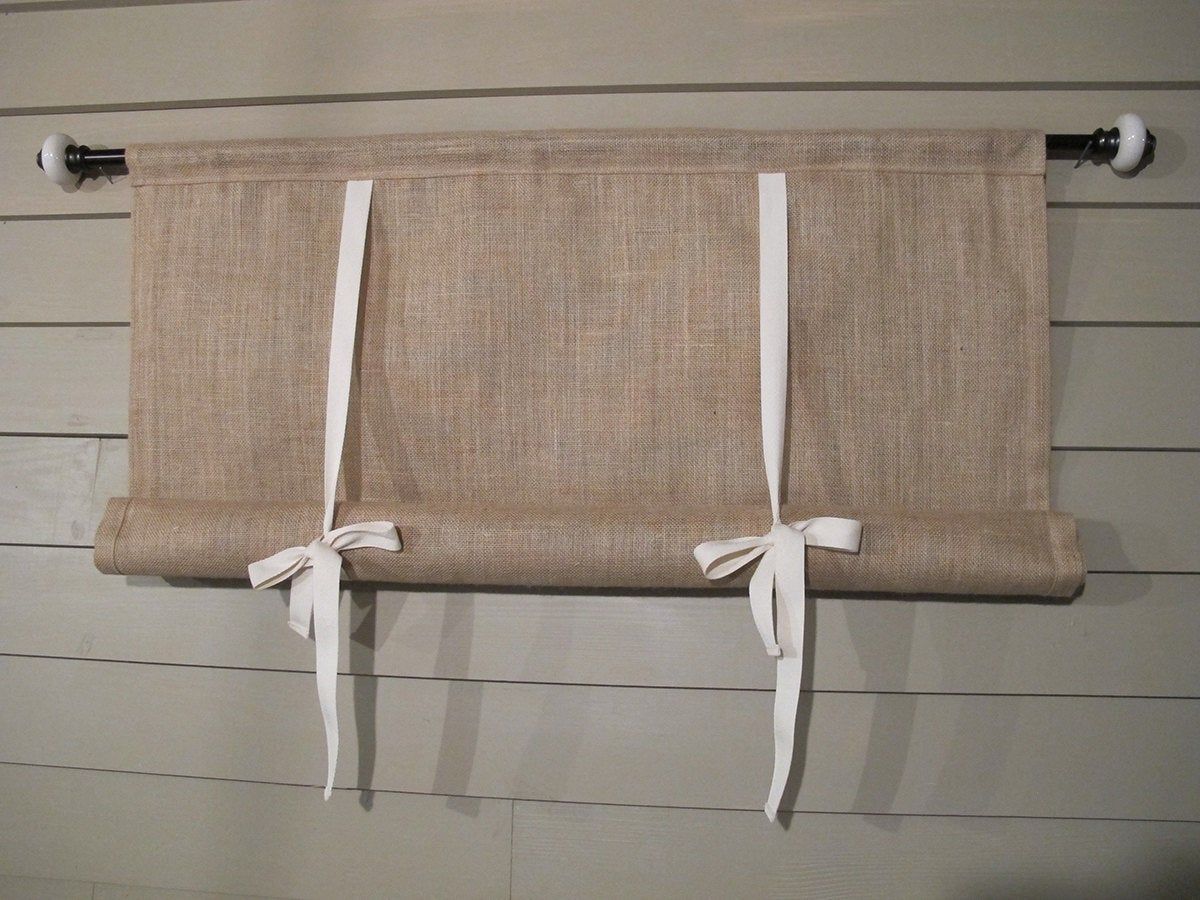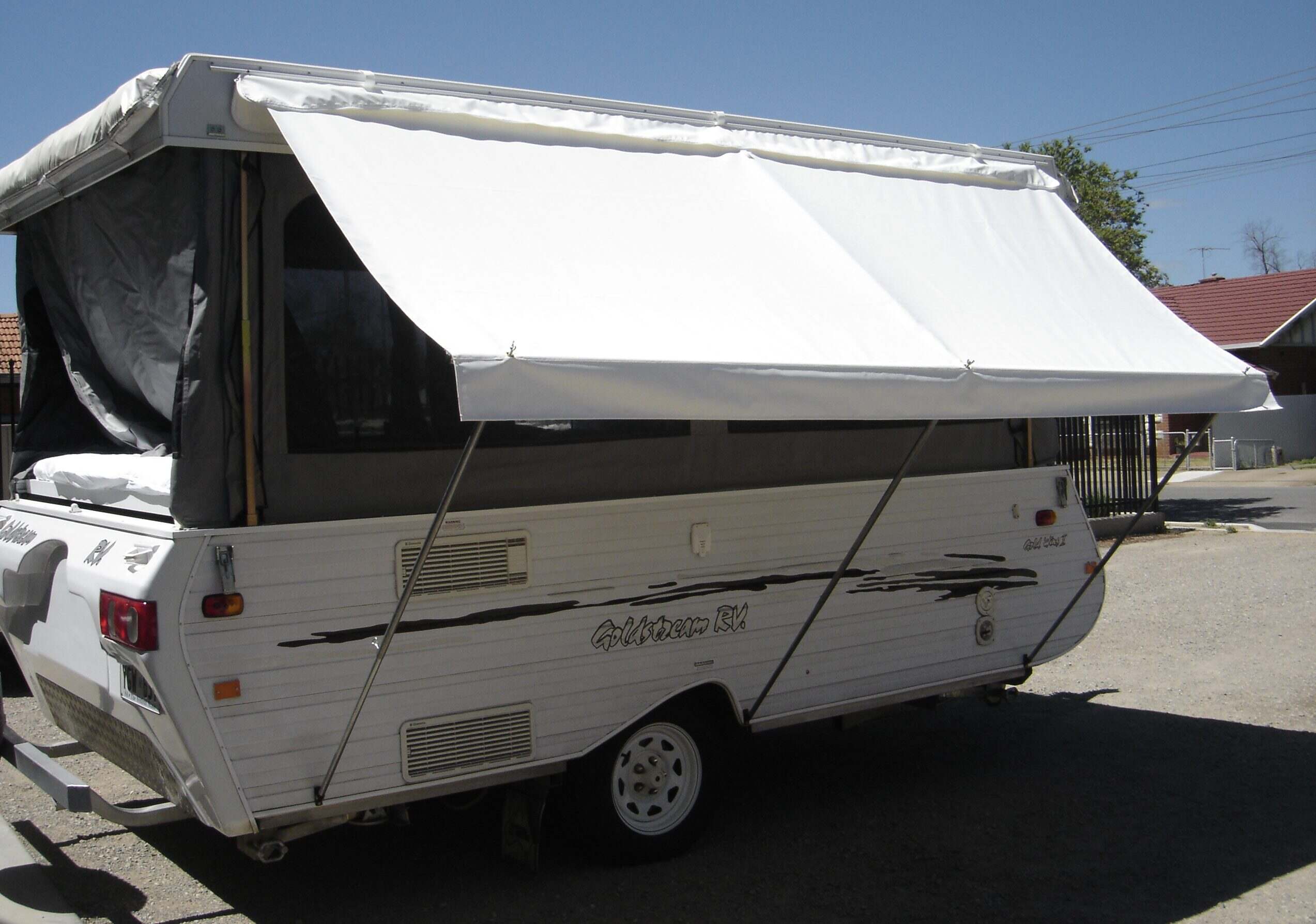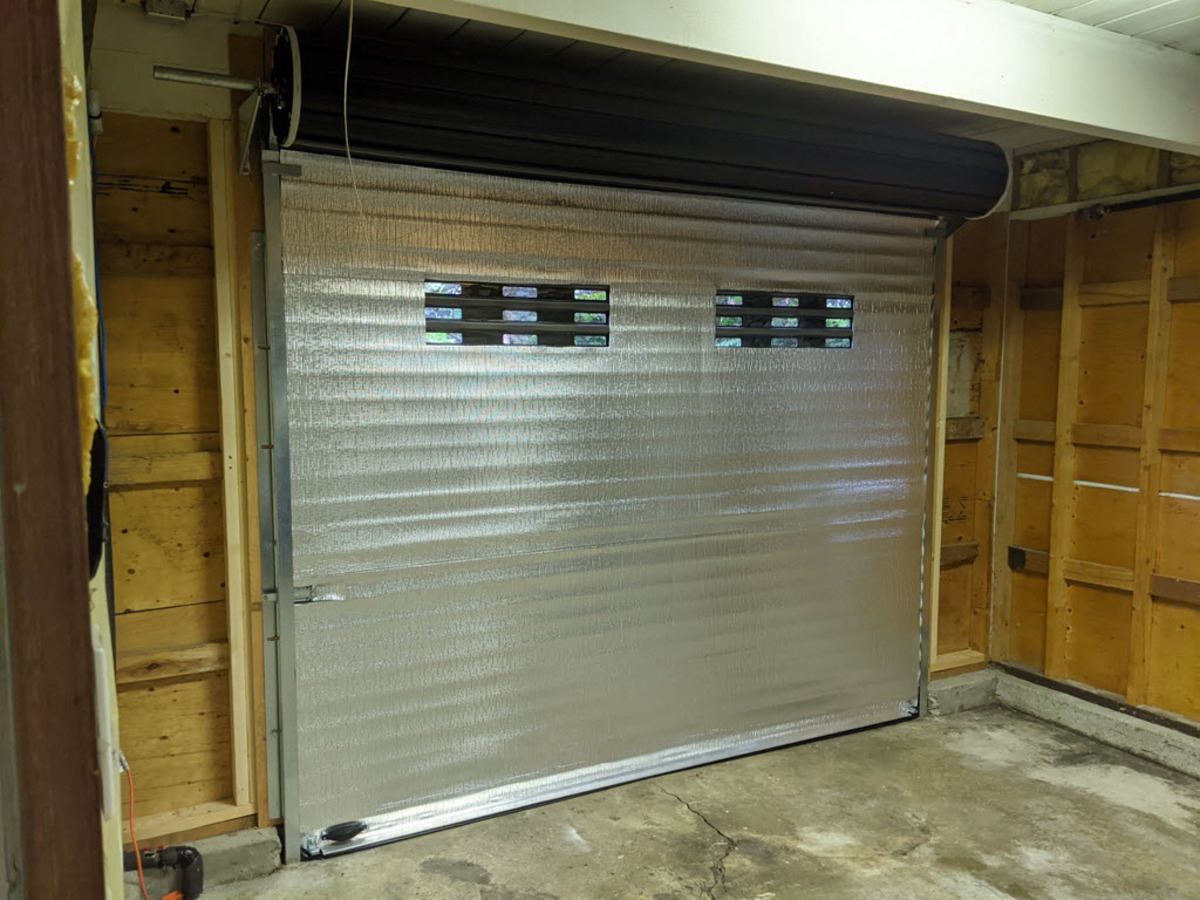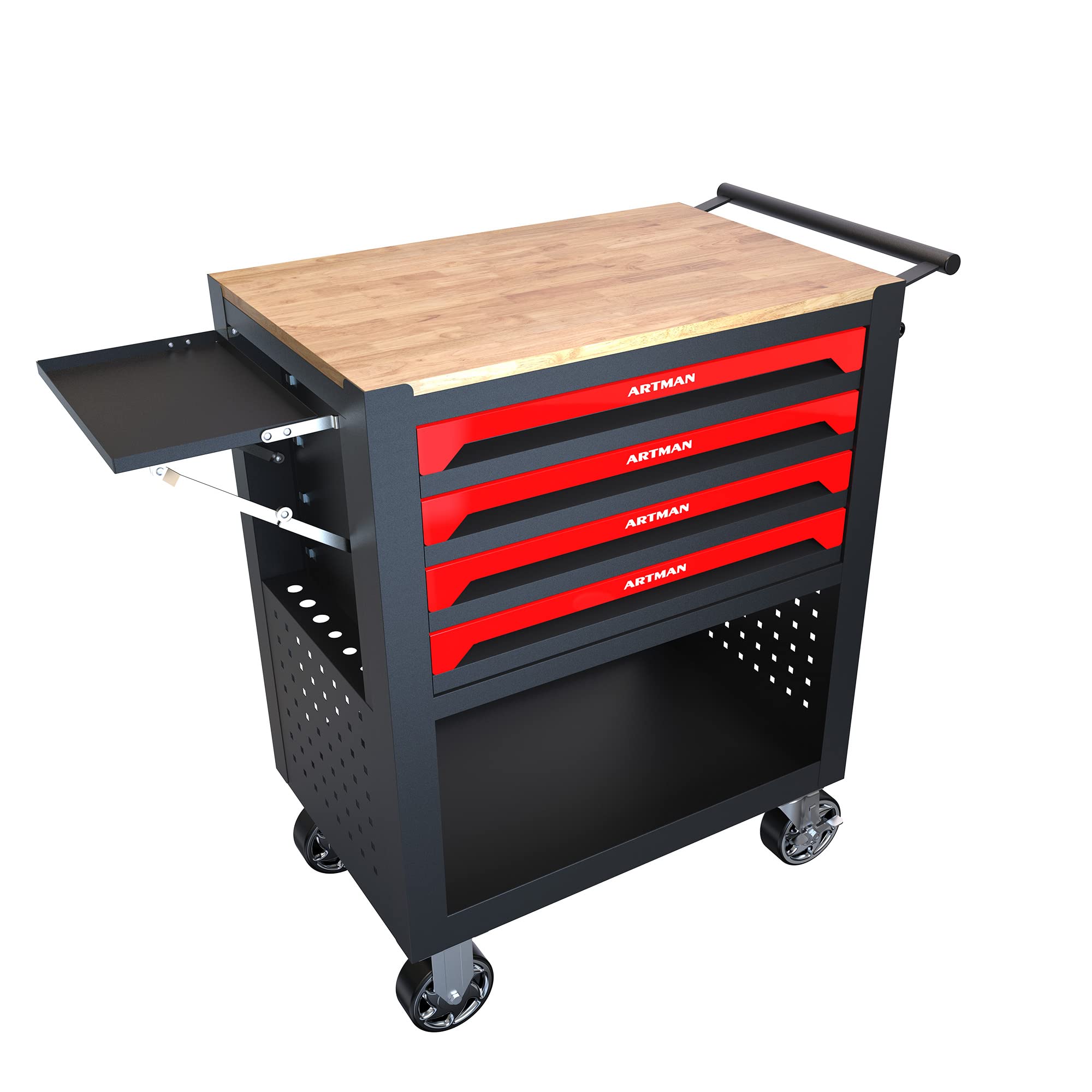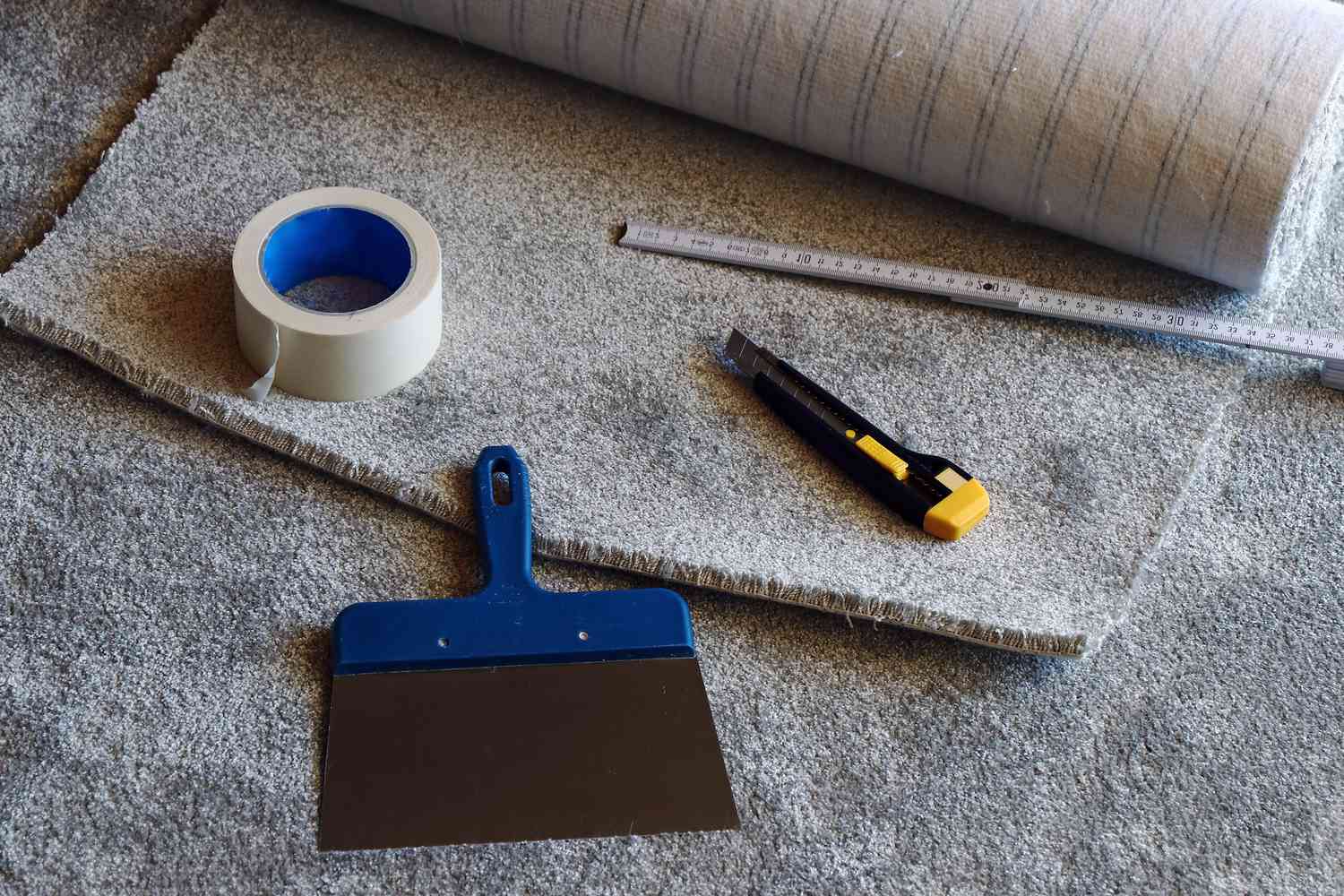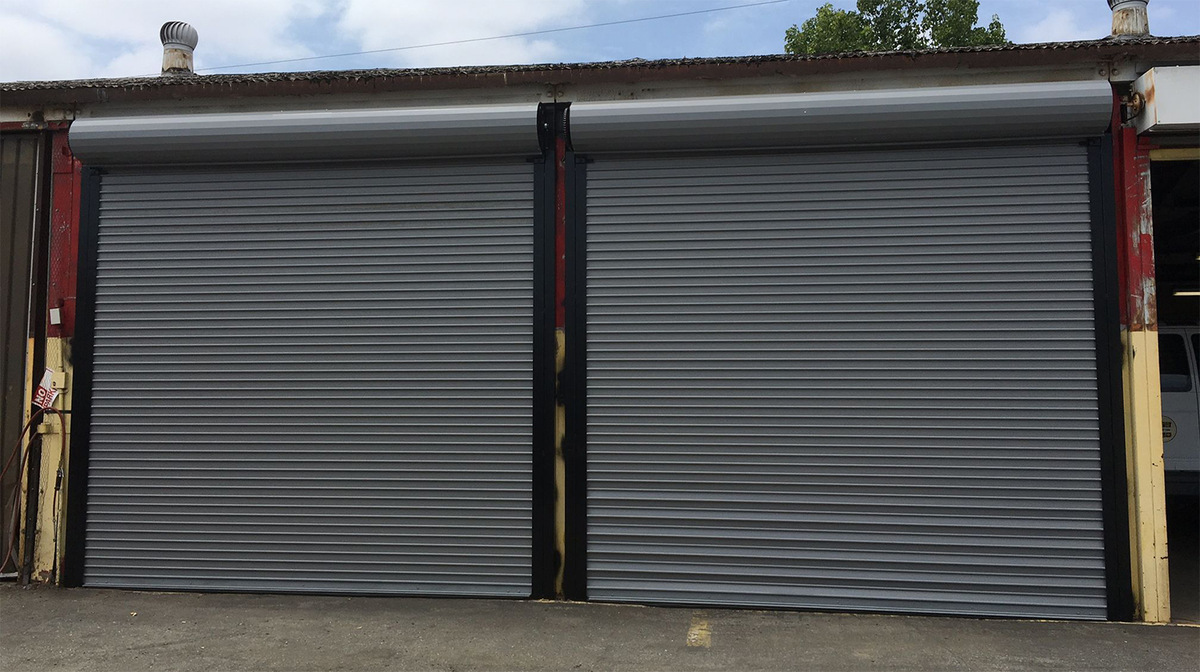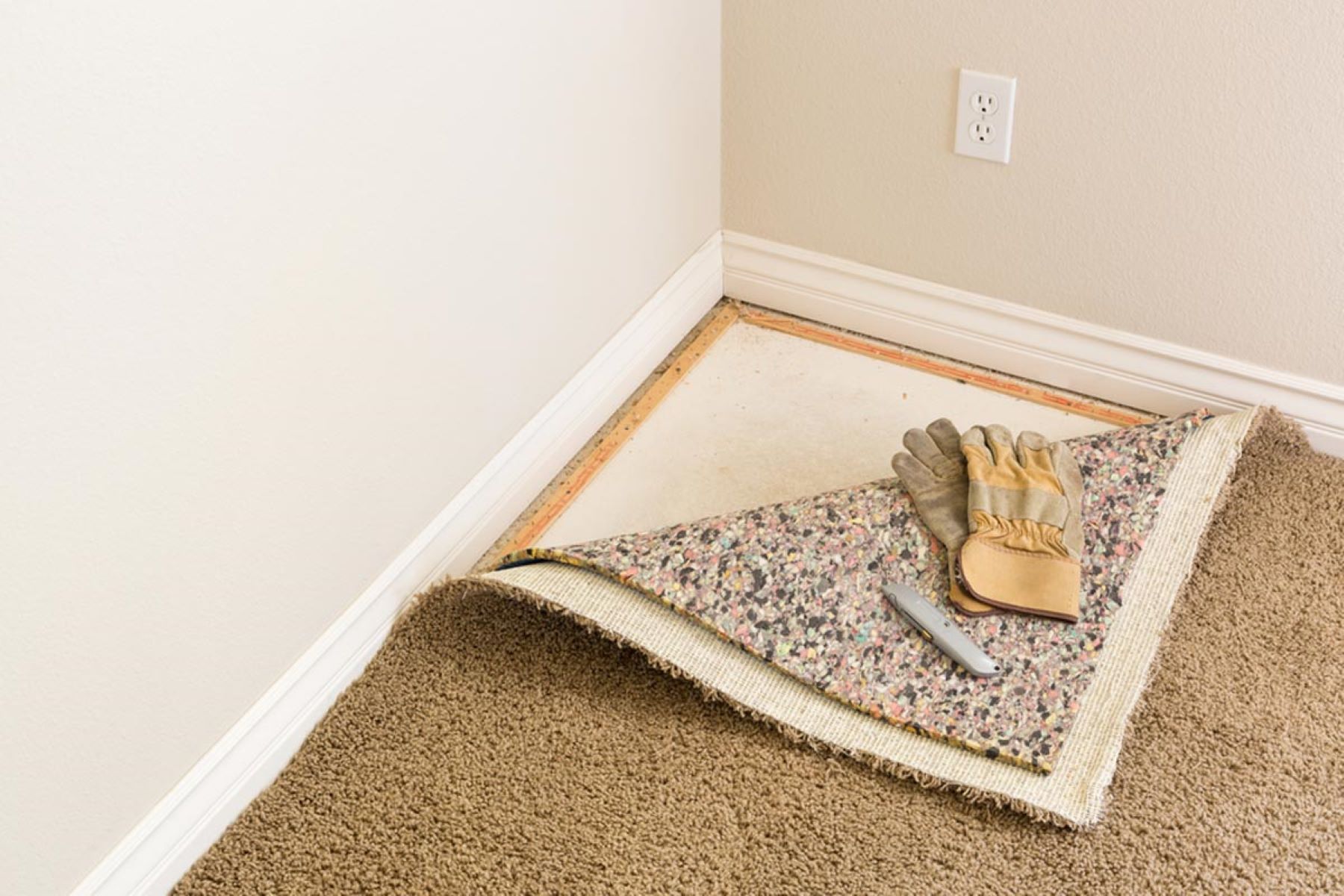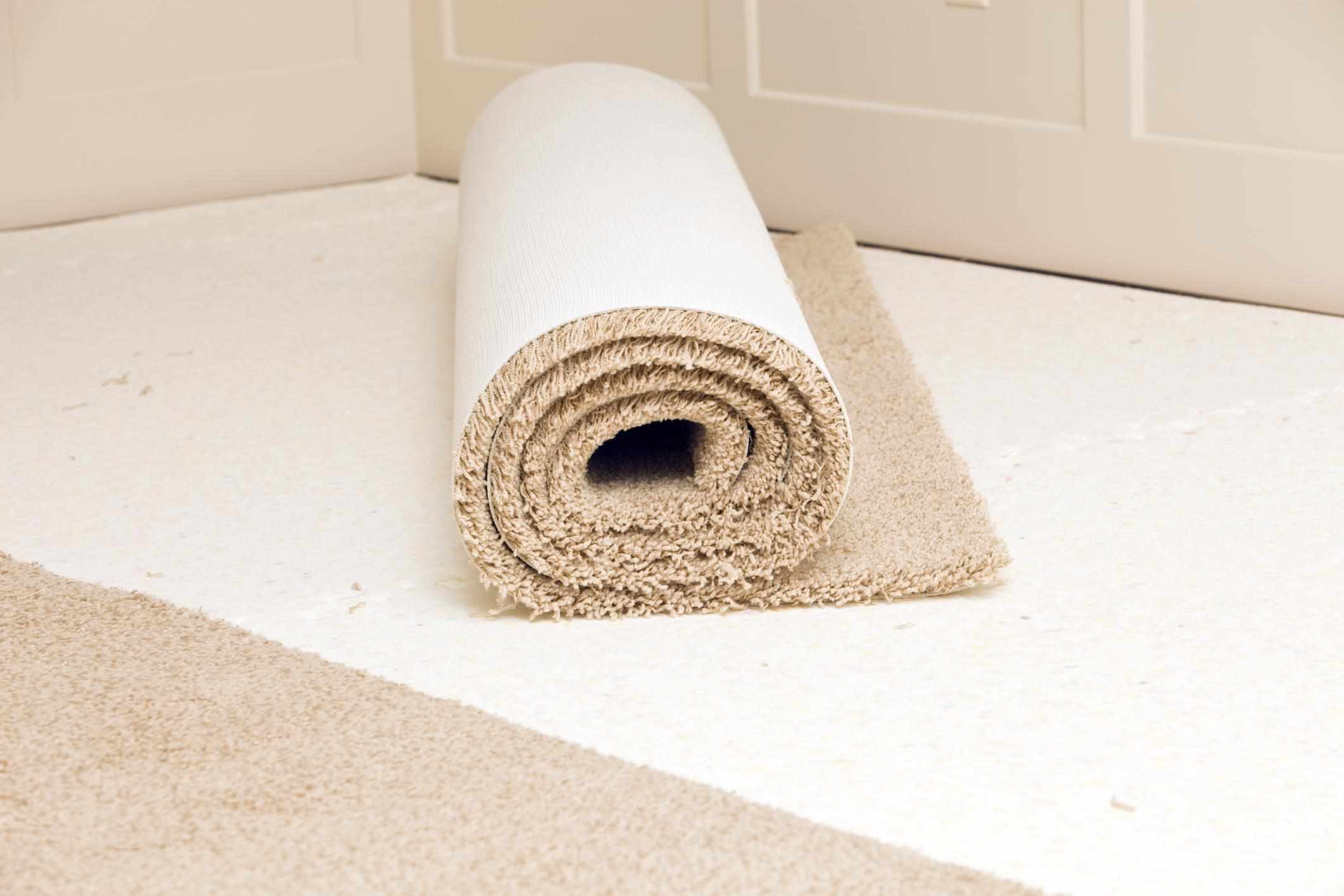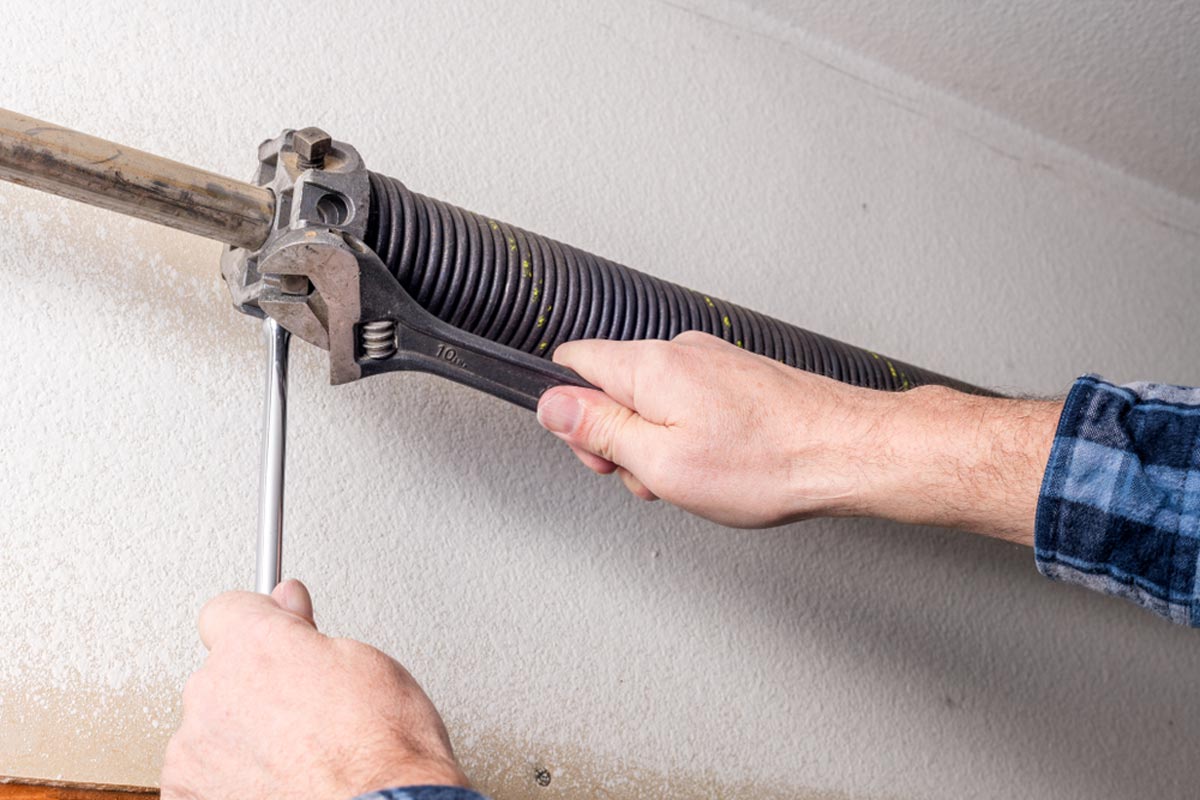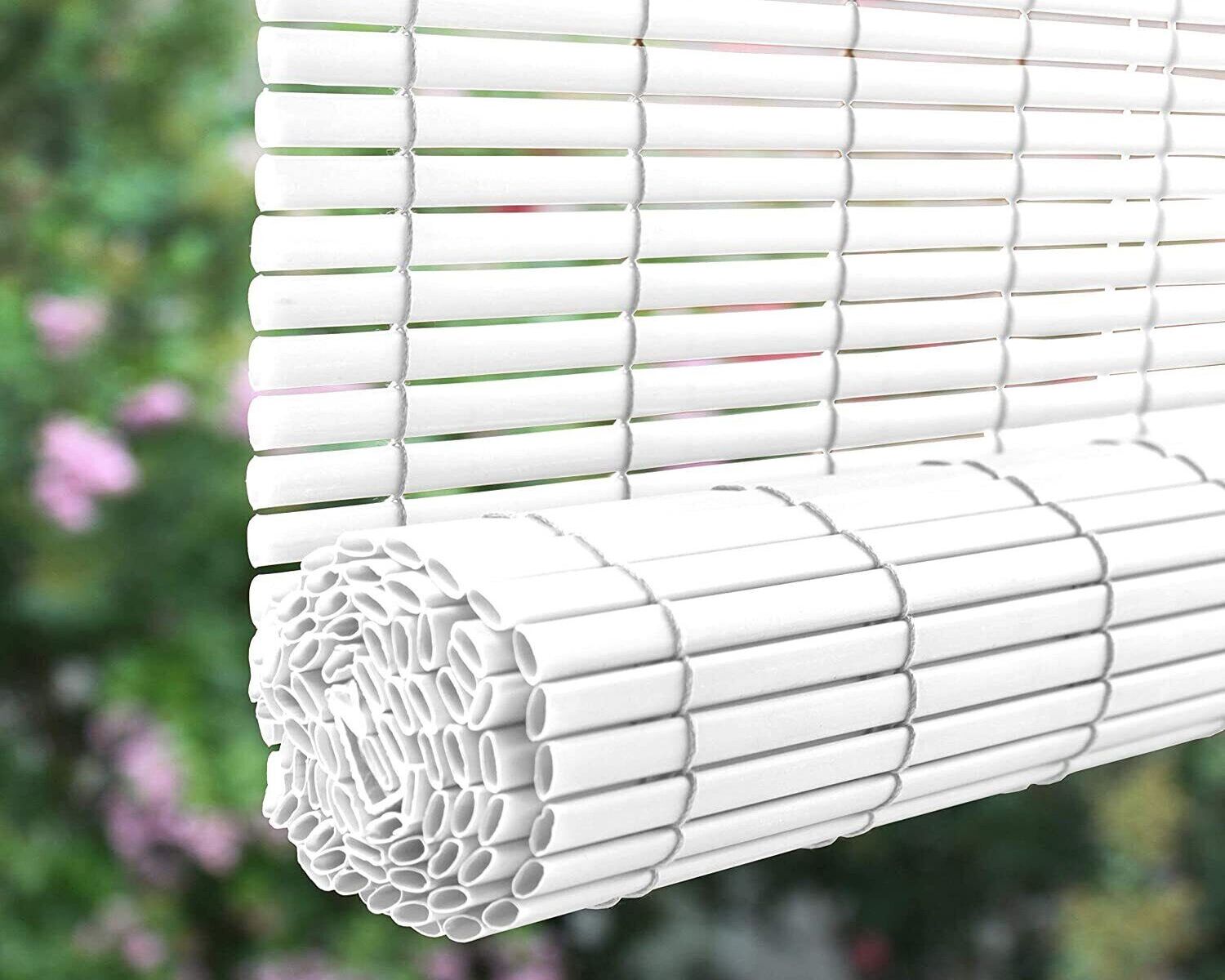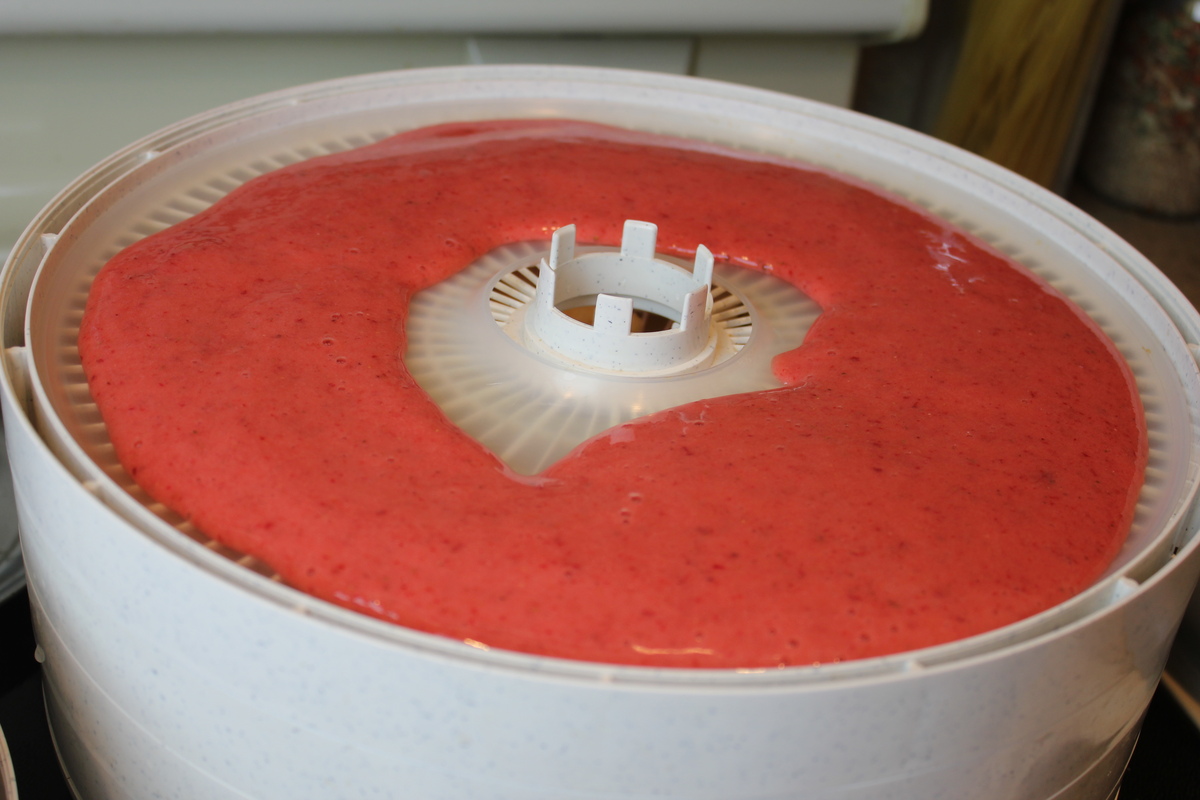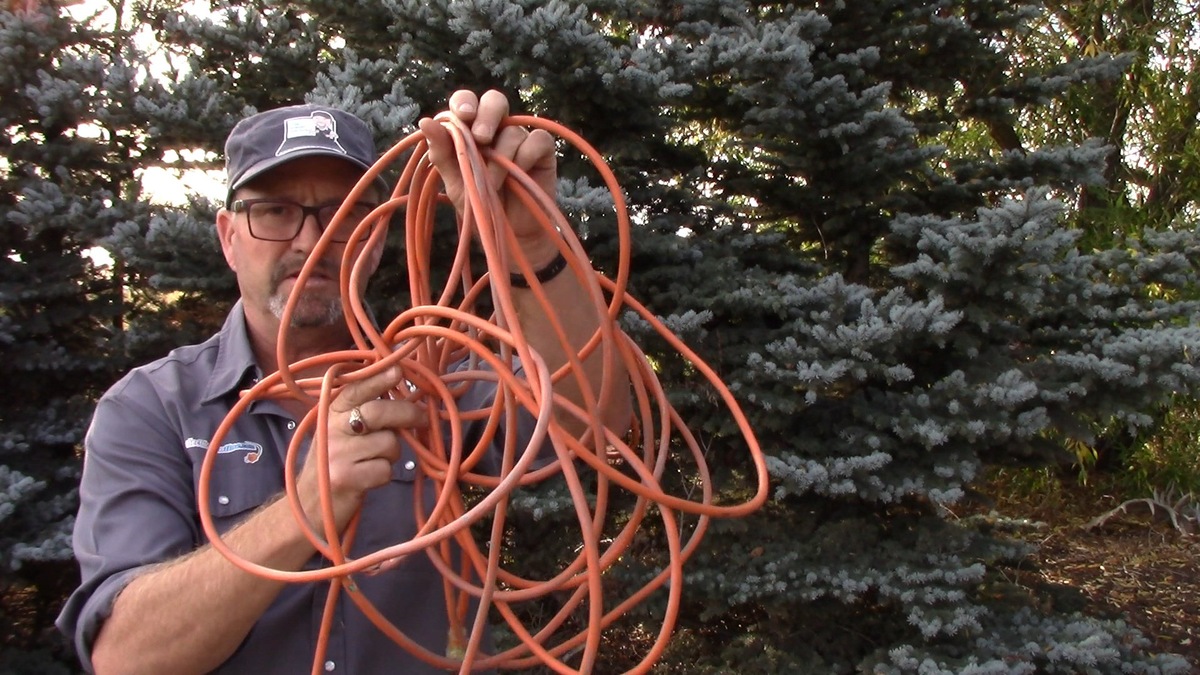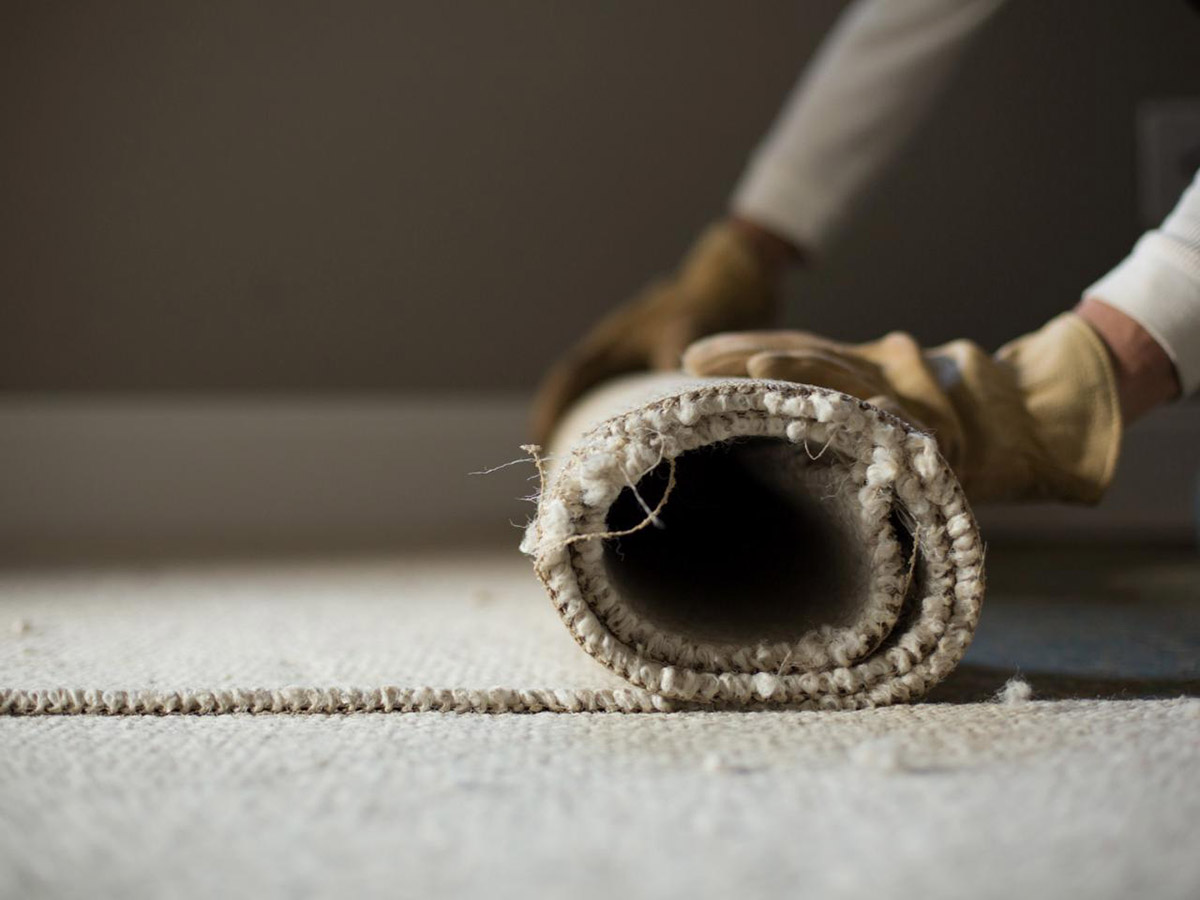

Articles
How To Roll Up A Carpet
Modified: August 28, 2024
Learn how to roll up a carpet with our step-by-step articles. Find tips and tricks for easy and efficient carpet rolling.
(Many of the links in this article redirect to a specific reviewed product. Your purchase of these products through affiliate links helps to generate commission for Storables.com, at no extra cost. Learn more)
Introduction
Rolling up a carpet may seem like a simple task, but it’s important to do it correctly to ensure the longevity and condition of the carpet. Whether you’re moving to a new location, rearranging furniture, or just looking to store the carpet, knowing how to properly roll it up is essential.
In this article, we’ll guide you through the step-by-step process of rolling up a carpet. We’ll cover everything from preparing the area to securing the roll, so you can confidently handle your carpet without causing any damage.
So, let’s dive in and learn how to roll up a carpet effectively!
Key Takeaways:
- Properly rolling up a carpet involves clearing the area, removing furniture, vacuuming, rolling tightly, and securing the roll. This ensures the carpet remains clean, undamaged, and ready for storage or transportation.
- Storing a rolled carpet in a clean, dry, and well-ventilated area, elevated off the ground, and periodically checked for pests or damage, helps maintain its quality and prolong its lifespan.
Read more: How Wide Is A Roll Of Carpet
Step 1: Clear the Area
Before you start rolling up your carpet, it’s essential to clear the area to create a safe and spacious environment. Removing any obstacles or furniture will prevent any accidents and make the process much more manageable.
Here’s what you need to do:
- Remove any small furniture pieces or objects that are on the carpet. This includes chairs, side tables, lamps, and other items that may be obstructing the carpet’s surface.
- If you have larger furniture that cannot be easily moved, try to shift it to one side of the room or lift it slightly to allow for sufficient clearance.
- Ensure there is enough space around the perimeter of the carpet to work comfortably. Clear out any clutter or debris that may be on the floor.
- If you’re rolling up a carpet with the intention of storing it, consider finding a clean and dry space to store it temporarily. This will prevent any accumulation of dust or moisture while you prepare for the next steps.
By taking the time to clear the area, you’ll have a clean slate to work with, minimizing the risk of tripping or damaging the carpet during the rolling process.
Step 2: Remove Furniture
Once you have cleared the area around the carpet, it’s time to remove any remaining furniture that may be on top of it. This step is crucial to ensure a smooth and seamless rolling process. Here’s how to do it:
- Start by moving any lightweight or easily maneuverable furniture pieces, such as chairs, ottomans, or small tables. Carefully lift them off the carpet and place them in a designated area.
- For larger or heavier furniture items, such as sofas, bookshelves, or cabinets, enlist the help of another person to assist you. It’s important to lift and move these items with caution to prevent any damage to the furniture or the carpet.
- Use furniture sliders or gliders to make the process easier, especially if you’re dealing with heavy furniture that can’t be easily lifted.
- If you come across any fragile or delicate items on the carpet, remove them separately and store them in a safe place, away from the rolling area.
- Once all the furniture has been removed, take a final look around the room to ensure there are no remaining objects or obstructions on the carpet.
Removing furniture from the carpet will not only make it easier to roll up, but it will also protect your furniture from potential damage during the rolling process. Take your time and handle each piece with care to maintain the condition of both the carpet and the furniture.
Step 3: Vacuum the Carpet
Before rolling up your carpet, it’s essential to give it a thorough cleaning to remove any dirt, debris, or dust that may have accumulated over time. Vacuuming the carpet will not only help maintain its cleanliness, but it will also prevent any particles from getting trapped in the fibers while it is rolled up. Here’s how to properly vacuum your carpet:
- Start by removing any loose dirt or debris by hand. This includes larger objects, such as paper clips or crumbs, that may be resting on the surface of the carpet.
- Attach an appropriate vacuum cleaner attachment, such as a brush or upholstery tool, to your vacuum cleaner.
- Begin vacuuming the carpet from one side to the other, using slow and deliberate strokes. Make sure to cover the entire surface area, including the edges and corners.
- Pay special attention to high-traffic areas or spots that may have more dirt or debris. Move the vacuum cleaner back and forth several times to ensure thorough cleaning.
- If you encounter any stubborn stains or spills, spot clean them according to the manufacturer’s instructions or use a suitable carpet cleaner.
- For carpets with long or shaggy fibers, adjust the vacuum cleaner’s height setting to ensure it effectively cleans all the way down to the base of the carpet.
- After you have thoroughly vacuumed the carpet, take a moment to inspect it and make sure it is free of any visible dirt or debris.
By vacuuming your carpet before rolling it up, you’ll not only keep it clean and fresh but also prevent any potential damage caused by dirt or foreign particles during storage or transportation.
When rolling up a carpet, start by vacuuming it to remove any dirt or debris. Then, roll the carpet tightly and secure it with straps or twine to prevent it from unraveling. This will make it easier to transport or store.
Step 4: Start Rolling
Now that you have cleared the area, removed the furniture, and vacuumed the carpet, it’s time to start rolling it up. This step requires a bit of strength and coordination, so make sure you’re prepared and have enough space to maneuver. Follow these steps to roll up your carpet properly:
- Start at one end of the carpet and carefully lift it off the floor. If the carpet is too large or heavy to lift on your own, ask for assistance.
- Roll the carpet tightly, starting from the end you lifted. As you roll, use your hands to guide the carpet and keep it aligned.
- Continue rolling the carpet until you’ve reached the opposite end. Make sure to roll it as tightly as possible to prevent any creases or wrinkles.
- If the carpet has a backing or padding, ensure that it stays aligned with the front side of the carpet as you roll.
- While rolling, periodically check for any bumps or unevenness. Smooth them out by applying pressure with your hands as you continue rolling.
- If you encounter any furniture legs, gently lift the carpet and roll it over or around them, making sure not to damage the legs or the carpet.
- Once you have rolled the entire carpet, use your hands to press down on the roll and compact it further, ensuring a tight and secure roll.
Remember, the key here is to keep the roll tight and even throughout the process. Take your time and make any necessary adjustments as you go along to achieve the best result.
Read more: How To Roll Up A Mattress
Step 5: Secure the Roll
After successfully rolling up your carpet, it’s crucial to secure the roll to keep it in place during storage or transportation. This will prevent the carpet from unraveling or getting damaged. Follow these steps to securely fasten the roll:
- Obtain some sturdy straps or ropes that are long enough to wrap around the rolled carpet multiple times.
- Place the straps or ropes around the diameter of the carpet roll, ensuring they are snug but not overly tight.
- Secure the straps or ropes in place by tying a tight knot or using a buckle or clip if available.
- If the carpet is exceptionally long or heavy, consider using additional straps or ropes at regular intervals along the length of the roll to provide extra support and stability.
- Double-check that the roll is firmly secured by gently tugging on the straps or ropes to ensure they are tightly fastened.
By properly securing the roll, you can have peace of mind knowing that your carpet will remain intact and protected during storage or transportation.
Step 6: Store the Rolled Carpet
Once you have securely fastened the rolled carpet, it’s time to store it properly to maintain its condition and prolong its lifespan. Proper storage will help prevent any damage caused by moisture, pests, or excessive weight. Follow these guidelines to store your rolled carpet:
- Choose a clean, dry, and well-ventilated storage area. Avoid areas prone to moisture, such as basements or areas near water sources.
- If possible, elevate the rolled carpet off the ground by placing it on a pallet or a set of wooden boards. This will provide adequate air circulation and prevent any potential water damage.
- Avoid storing the carpet in direct sunlight or areas with extreme temperature fluctuations, as this can lead to fading or damage to the fibers.
- If storing the carpet for an extended period, consider wrapping it in a breathable material, such as a cotton sheet or a specialized storage bag designed for carpets. This will offer an extra layer of protection against dust and pests.
- Label the rolled carpet with relevant information, such as its dimensions, date of storage, and any other necessary details. This will make it easier to locate and retrieve the carpet when needed.
- Check on the stored carpet periodically to ensure it remains in good condition. Inspect for signs of pests, mold, or any other issues that may require attention.
Properly storing your rolled carpet will help preserve its quality and make it ready for use whenever you need it. By following these steps, you can ensure that your carpet stays clean, protected, and in excellent condition while in storage.
Frequently Asked Questions about How To Roll Up A Carpet
Was this page helpful?
At Storables.com, we guarantee accurate and reliable information. Our content, validated by Expert Board Contributors, is crafted following stringent Editorial Policies. We're committed to providing you with well-researched, expert-backed insights for all your informational needs.
